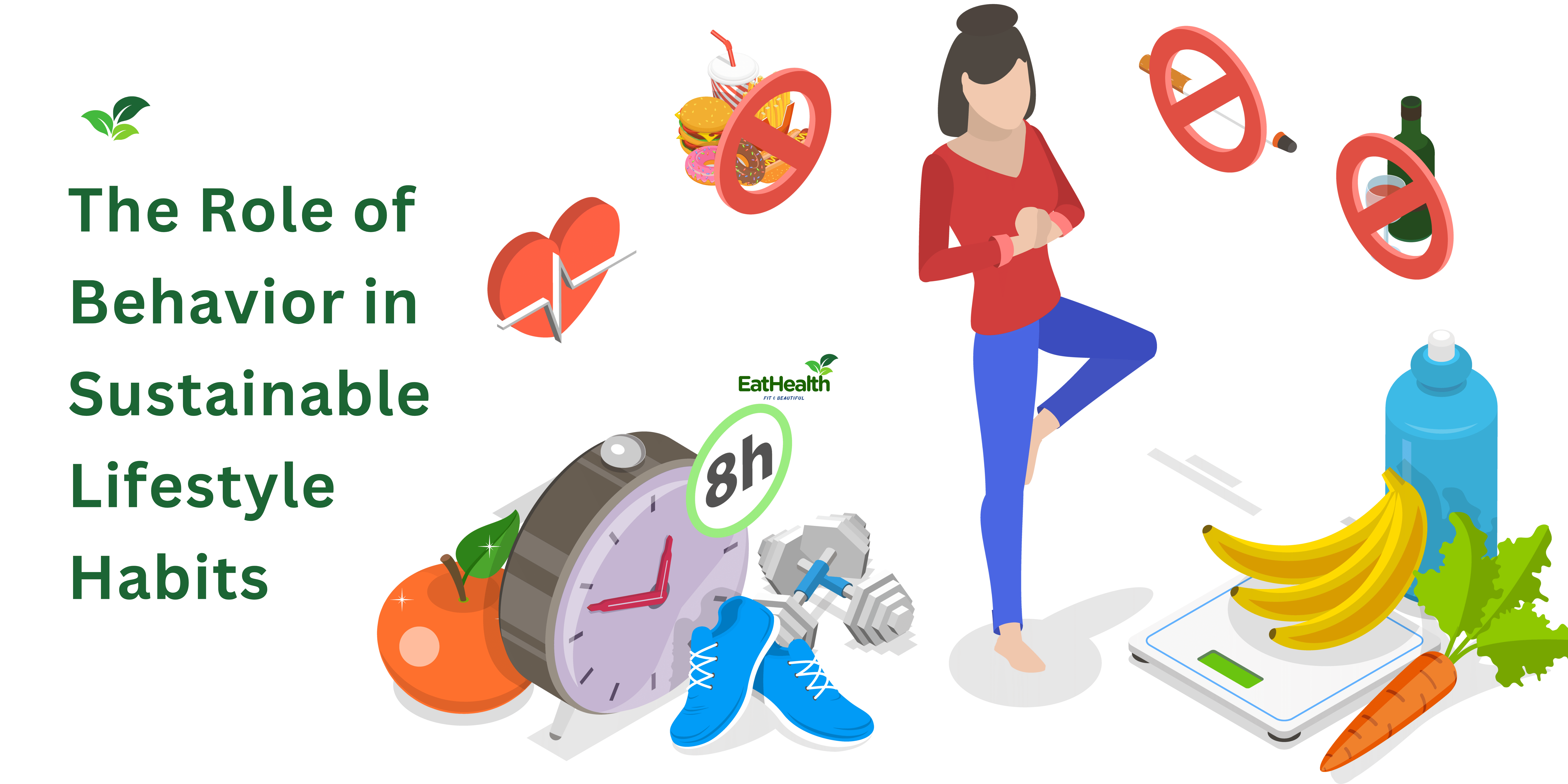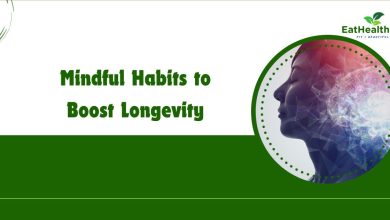The Role of Behavior in Sustainable Lifestyle Habits
Empowering Change: Overcoming Barriers to Sustainable Living
Sustainable Lifestyle
In the quest for a sustainable future, much of the focus has been on technological advancements, policy changes, and shifts in infrastructure. However, one crucial aspect often overlooked is the role of human behavior in fostering sustainable lifestyle habits. As we navigate the challenges of climate change and environmental degradation, understanding and modifying behavior becomes imperative. This article delves into the intricate relationship between behavior and sustainability, exploring how individual actions can collectively make a significant impact on the planet.
Understanding Behavior
Behavior is a complex interplay of psychological, social, and environmental factors that influence how individuals act in various situations. It encompasses habits, attitudes, beliefs, and motivations, all of which shape our daily choices and actions. When it comes to sustainability, behavior plays a pivotal role in determining our ecological footprint and the resources we consume.
The Psychology of Sustainable Behavior
Psychological theories provide insights into why people behave the way they do and how these behaviors can be modified to promote sustainability. One such theory is the Theory of Planned Behavior, which suggests that behavioral intentions are influenced by attitudes, subjective norms, and perceived behavioral control. Applying this theory to sustainable practices, individuals are more likely to adopt eco-friendly behaviors if they perceive them as favorable, socially acceptable, and within their control.
Behavioral Economics and Nudging
Behavioral economics explores how cognitive biases and heuristics affect decision-making processes. By understanding these biases, policymakers and marketers can design interventions to “nudge” individuals towards sustainable choices. For example, making recycling bins more accessible and convenient increases the likelihood of people recycling their waste, exploiting the principle of default bias.
Social Influence and Norms
Social norms play a significant role in Sustainable Lifestyle behavior within communities. People tend to conform to the actions of others, especially when they perceive those actions as socially desirable or acceptable. Harnessing the power of social influence, initiatives such as community-led sustainability projects and social media campaigns can inspire collective action towards environmentally responsible behaviors.
Education and Awareness
Educating individuals about the impacts of their actions on the environment is essential for promoting sustainable behavior change. By raising awareness about environmental issues and providing information on alternative practices, individuals are empowered to make informed choices that align with sustainability goals. Educational programs in schools, workplaces, and communities play a vital role in cultivating a culture of sustainability. Just as we know Daily Habits For a Healthy Life
Overcoming Barriers to Sustainable Behavior
Despite the growing awareness of environmental issues, several barriers hinder widespread adoption of sustainable behaviors. These include lack of knowledge, convenience, perceived costs, social norms, and psychological barriers such as inertia and cognitive dissonance. Addressing these barriers requires a multifaceted approach that combines policy interventions, behavioral interventions, and structural changes to create an enabling environment for sustainable living.
Promoting Sustainable Lifestyles
Promoting sustainable lifestyles requires a holistic approach that addresses individual behaviors, societal norms, and structural barriers. Here are some strategies to promote sustainable behavior change:
- Education and Awareness Campaigns: Launching educational campaigns to inform people about the environmental impacts of their actions and the benefits of sustainable living.
- Incentives and Rewards: Providing incentives such as tax rebates, discounts, or rewards for adopting sustainable practices, such as using public transportation or installing energy-efficient appliances.
- Infrastructure and Accessibility: Investing in sustainable infrastructure such as public transportation, bike lanes, and recycling facilities to make eco-friendly options more accessible and convenient.
- Community Engagement: Engaging communities through grassroots initiatives, neighborhood projects, and social events to foster a sense of collective responsibility and solidarity towards sustainability.
- Policy and Regulation: Implementing policies and regulations that incentivize sustainable practices and penalize unsustainable behavior, such as carbon pricing or bans on single-use plastics.
Conclusion
In conclusion, the transition to a Sustainable Lifestyle future hinges not only on technological innovation and policy changes but also on individual and collective behavior change. By understanding the psychological, social, and environmental factors that influence behavior, we can design effective interventions to promote sustainable lifestyle habits. From educational campaigns to policy incentives, every effort counts towards building a more resilient and environmentally conscious society. Together, we can make a difference in safeguarding the planet for future generations.





